- Call us: 01444 237070
- Contact Us
- Stores
- Sign In / Register
-
- Back
- Used Cameras
- Used Accessories
- Used Lenses
- Used Video
- Used Film Equipment
- Used Stock Alert
- Used Blank Test
- Sell or Part Exchange
- Used Clearance
- Recently Added Used Equipment
- Park Picks
- All Used Black Friday Deals
- Faulty
- Trade-In
- Blog
- New in
- Call us
- Contact us
- Stores
- Sign in
- Categories
- Tips & Inspiration
- Reviews
- News
- Events
- Features
- Buying Guides
- Competitions
OM System 150-600mm f5.0-6.3 IS Lens Review
I was excited to try the Micro Four Thirds system for the first time and had the opportunity to shoot with the OM System M.Zuiko Digital ED 150-600mm f/5.0-6.3 IS lens. It is one of the longest native zoom options in the Micro Four Thirds lineup, and when it first arrived we shared a first look with Gareth’s OM System 150-600mm f/5.0-6.3 lens review.
OM System 150-600mm f/5-6.3 IS Lens Video Review
Since then, I’ve had the chance to test it more extensively in the field while reviewing the OM-1 Mark II for birds and wildlife, so it’s time to revisit the lens with a more in-depth hands-on, mainly for bird and wildlife photography.
As you’d expect the OM System 150-600mm is quite a specialist super-telephoto zoom lens, which is primarily aimed at bird and wildlife photographers. That said, during my time with it I also tried it for landscapes, people, and even the moon at the 1200mm equivalent end. It’s not just about incredible reach, but it’s also a surprisingly versatile lens, if you don’t mind the size and weight, which are no secret.
This updated review includes Gareth’s original video, alongside my own experiences of using the lens, which I was grateful to have for a few days. In this hands-on review we look at image quality, stabilisation, handling, and what it’s like to carry such a large telephoto, which goes somewhat against the ethos of Micro Four Thirds.
So, if you’re considering the OM System 150-600mm for your own kit, here’s everything you need to know.
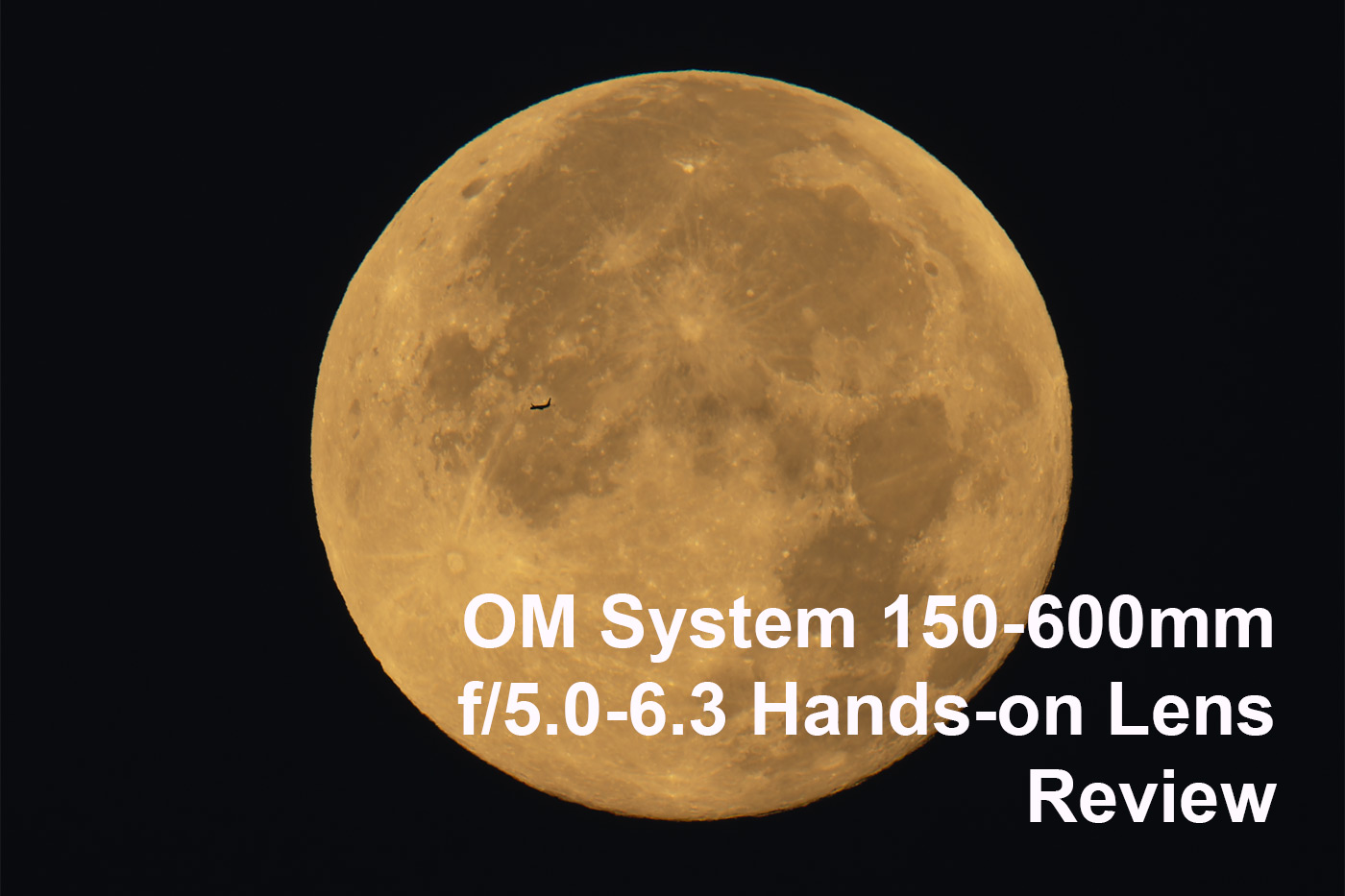
New and used Price
The OM System M.Zuiko Digital ED 150-600mm f/5.0-6.3 IS lens was released in April 2024 and is currently priced at £2,499.00, placing it towards the premium end of the MFT lens line-up. A used OM System 150-600mm f/5.0-6.3 lens in good condition typically costs around £1,679.00.
The closest stablemates include the highly coveted OM-System 150-400mm F/4.5 TC 1.25x IS, which costs £6,695.00, and the OM System M.Zuiko Digital ED 100-400mm F/5.0-6.3 IS II Lens, which is £1,299.00, placing the 150-600mm right in the middle of options at this super telephoto range.
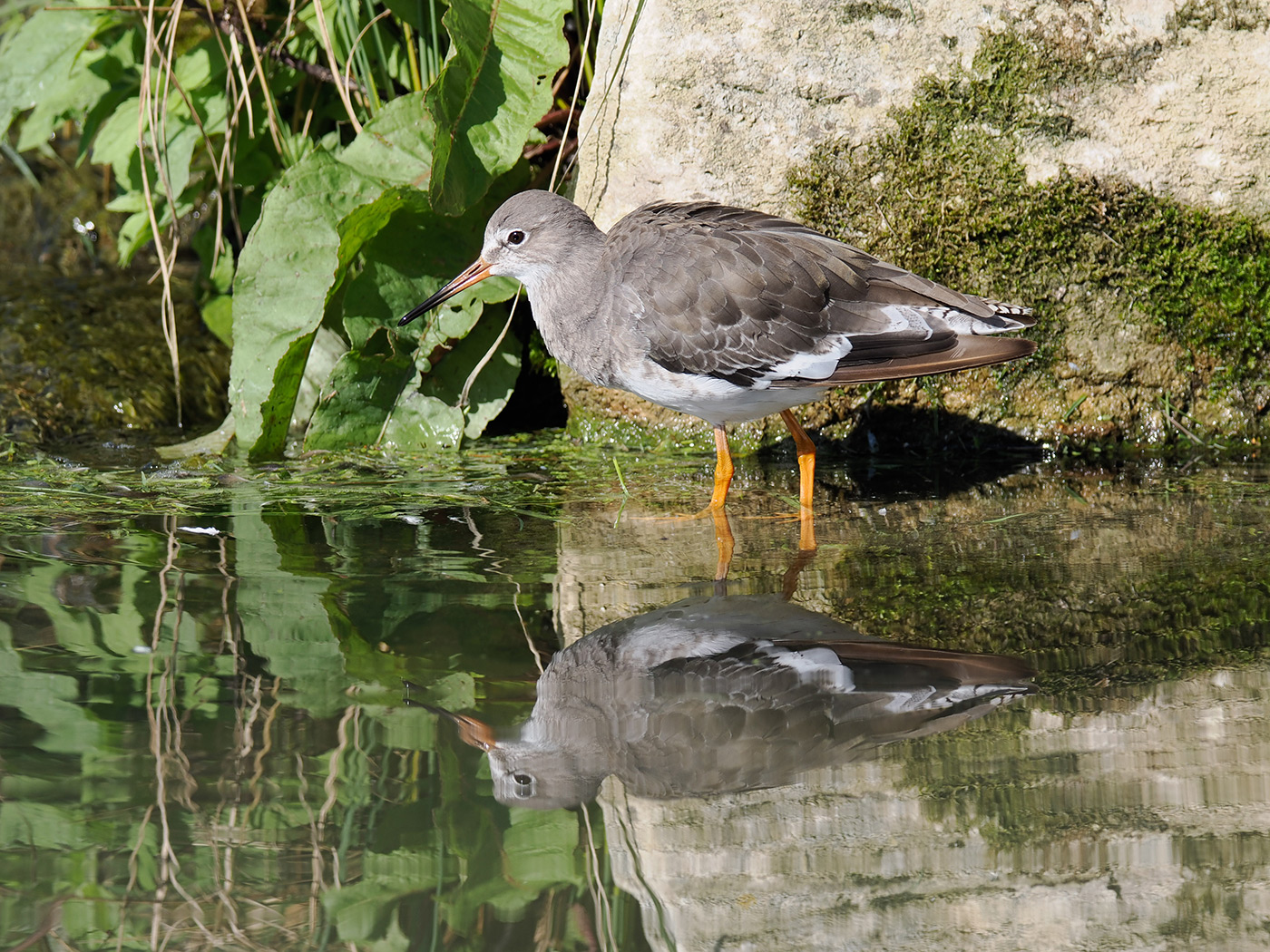
Sample 01 @220mm. Camera settings: 1/500 sec. f/6.3. ISO 200 (right click to open larger)
Design, Build and Handling
The 150-600mm f/5.0-6.3 lens is more like a full-frame super telephoto than a typical Micro Four Thirds lens. At just over 2kg and 314mm long, it has some heft, but when mounted on the OM-1 Mark II it was comfortable enough for the majority of my shooting sessions.
The zoom action has a relatively short throw, which means you can get from 150mm to 600mm with a quick twist. This is really handy when capturing fast birds in flight such as swallows, which dart about incredibly quickly. The barrel does extend as you zoom, and once fully extended it becomes a little front heavy, though it’s not unmanageable. There is a zoom lock to prevent creep when carrying the lens, which is a nice touch and a feature that I used frequently when walking between spots.
Controls are well laid out on the barrel, with dedicated switches for focus range limiting, AF/MF selection, and stabilisation modes. The tripod collar rotates for switching between vertical and horizontal, as well as being Arca-Swiss compatible. Personally I love this as you don’t need a tripod plate, but can simply use an L bracket for most heads, or mount it directly onto a monopod.
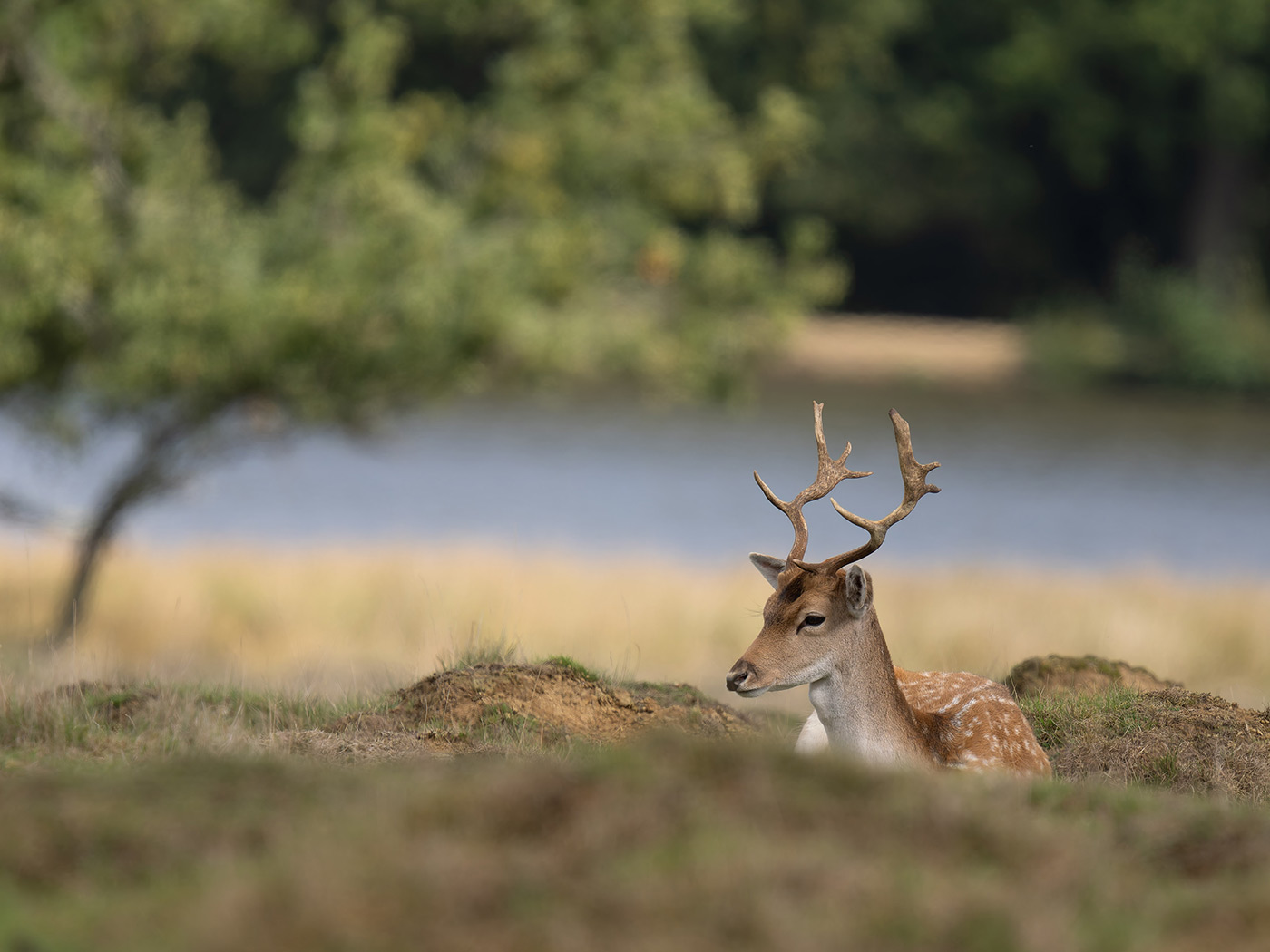
Sample 02 @600mm. Camera settings: 1/800 sec. f/6.3. ISO 400 (right click to open larger)
A large 95mm filter thread is useful for screw-in CPL or protective filters, albeit on the large side for what I am typically used to. The supplied hood is deep too, doing its job well preventing excess light from reducing contrast in brighter conditions.
All in all the OM System 150-600mm f/5.0-6.3 is a very professional handling lens, with IPX1 weather-sealing that protects it from light rainfall for a short while, complementing rugged OM System cameras. This means you can shoot outdoors in worse conditions than you might like to!
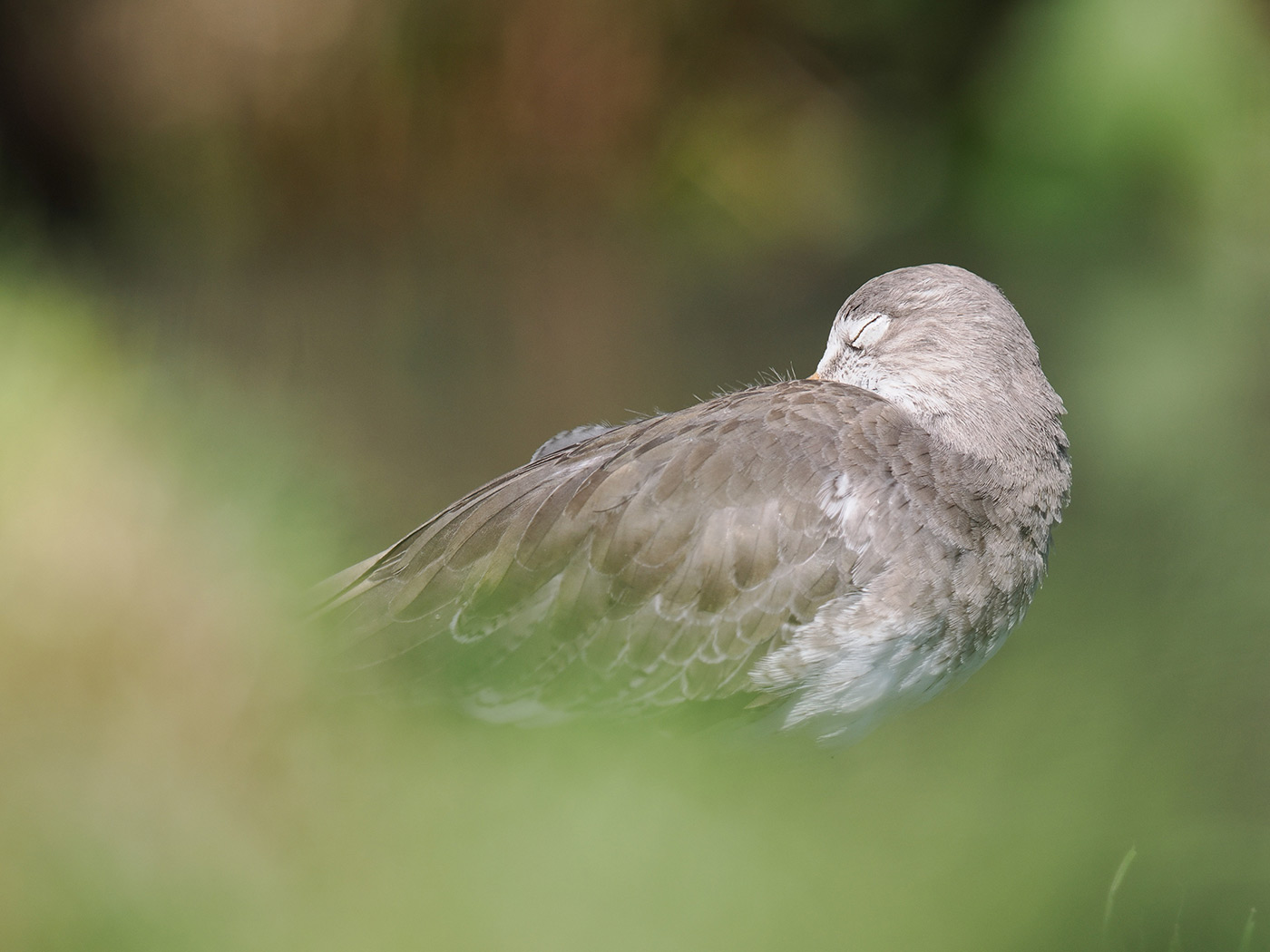
Sample 03 @600mm. Camera settings: 1/1000 sec. f/6.3. ISO 500 (right click to open larger)
Image Quality from the OM System 150-600mm
Image quality from the OM System 150-600mm f/5.0-6.3 IS lens was better than I imagined, and in most of the zoom range it delivers surprisingly good results, especially for such long range. With the OM-1 Mark II there are plenty of sharp detail to crop into, which is particularly useful for shots of smaller subjects.
Although perhaps not quite tack sharp at the longest focal lengths when shooting handheld, the majority of my images looked very good, with decent sharpness, contrast, and detail across the frame, even without any editing. You may benefit from adding a UV filter if you shoot at the long end of the range frequently, as atmospheric conditions contribute to a reduction in image quality.
Subject separation is pleasing when there is enough distance from the background, as seen in shots of the stag sitting down, the seagull, and several birds on water. The variable f/5.0-6.3 aperture is more than capable of producing compelling results at these focal lengths.
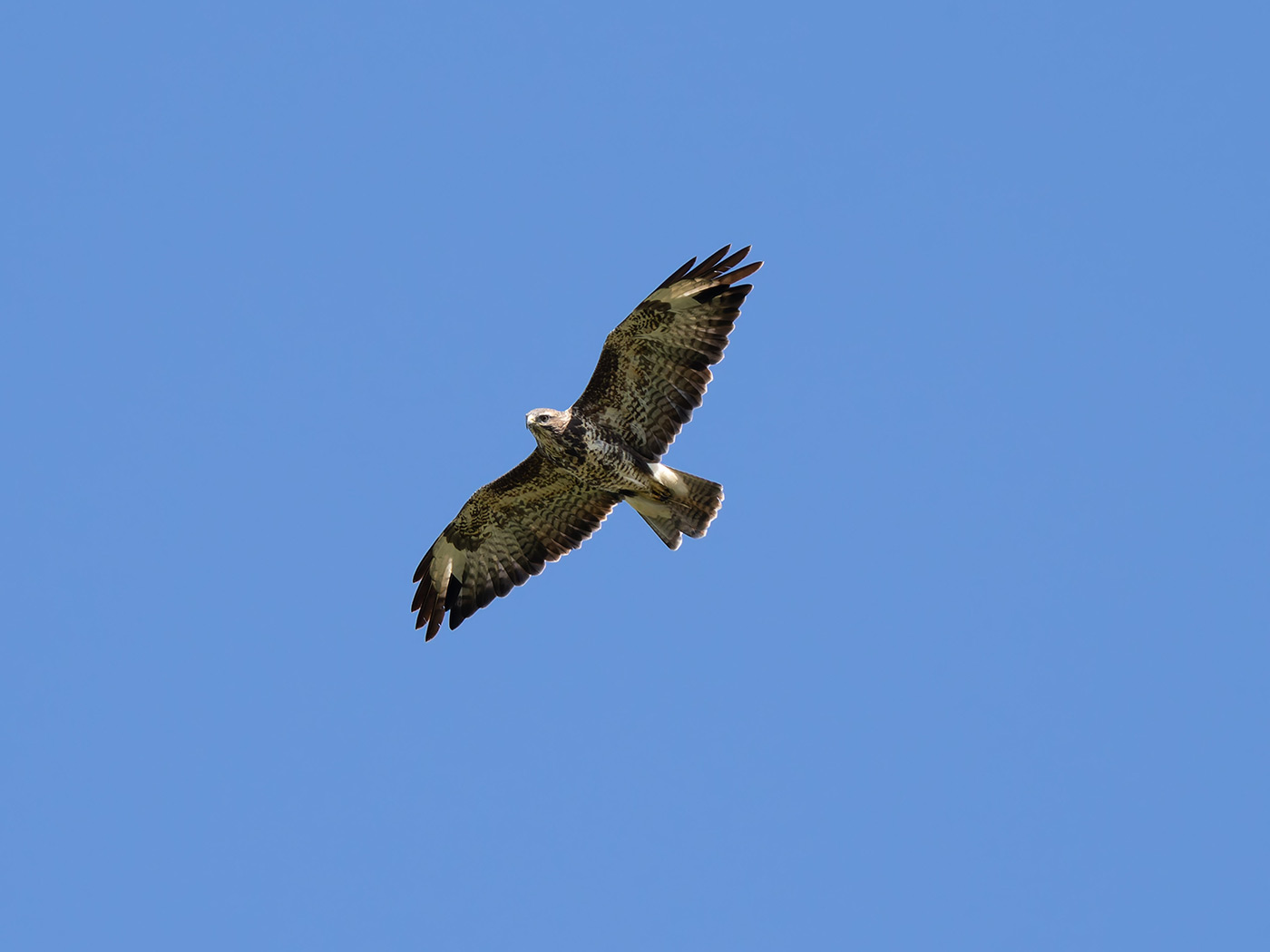
Sample 04 @373mm. Camera settings: 1/1250 sec. f/6.3. ISO 640 (right click to open larger)
Chromatic aberration was very well controlled. Even in high-contrast scenes, where I expected purple fringing around branches against the sky, there was virtually none. Clearly the ED and Super ED elements in the optical design are doing their job, so there’s little to worry about in post-processing.
Colours were natural straight out of camera, with accurate tones and strong contrast to make images stand out. Bokeh, or the rendering of out-of-focus areas, is smooth thanks to the 9-blade circular aperture, which produces rounded highlights with only a slight outline but still a pleasing look. The Micro Four Thirds format provides more depth of field, which can be helpful for keeping more of a bird in focus rather than dealing with an extremely shallow plane.
The lens also feels well suited to landscapes and when capturing larger animals, offering crisp detail without noticeable distortion. I would rarely take it solely for a landscape trip unless shooting from near the car, but when maximum reach is needed, 600mm (1200mm equivalent) opens up shots that simply aren’t possible with other lenses, and that alone justifies the investment.
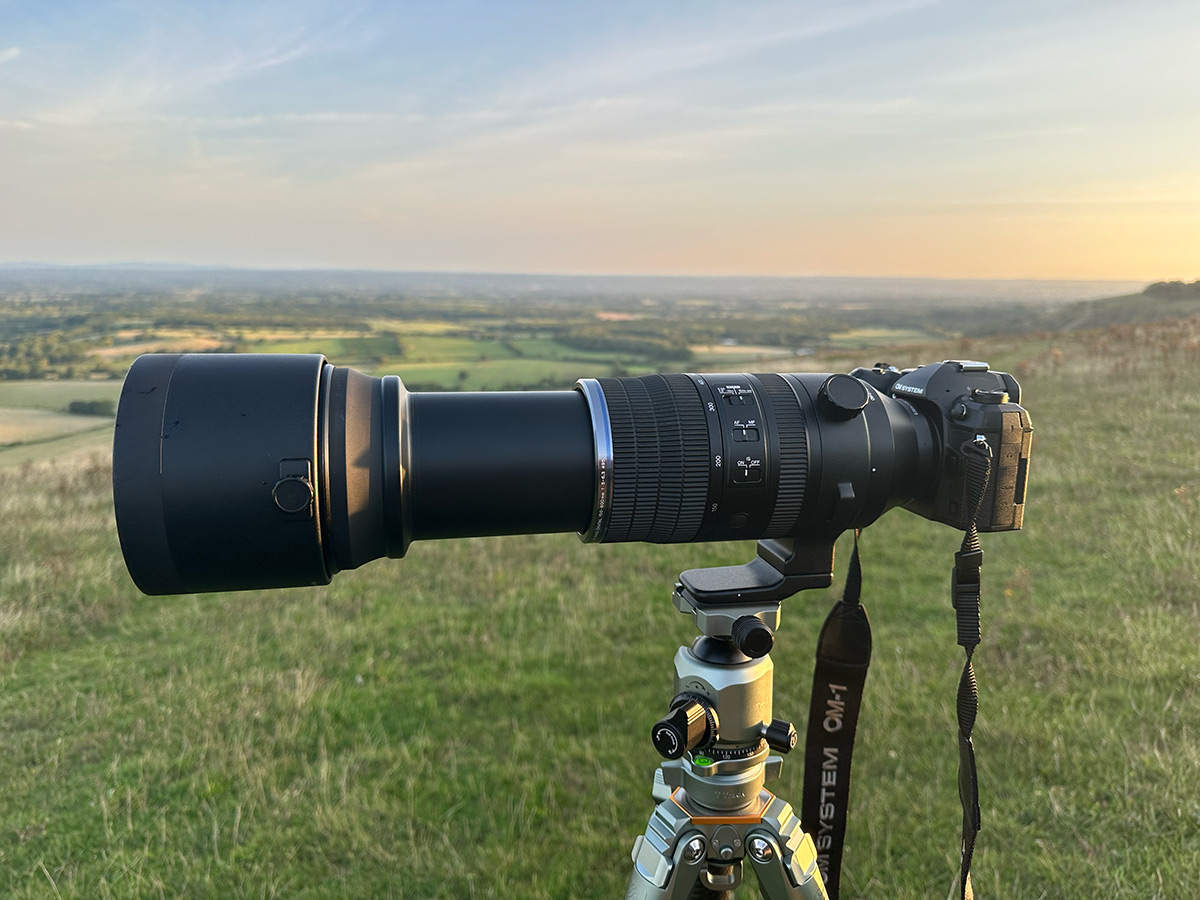
Optical Stabilisation
The OM System 150-600mm lens has built-in 5-axis stabilisation optical image stabilisation, which works in unison with sync IS with on compatible Micro Four Thirds bodies such as the OM-1 Mark II. This delivers up to 7 stops of compensation, which is excellent news for handheld shooting, and makes a huge difference at such extreme focal lengths.
In practice this means you can handhold the lens for as long as your arms allow, and capture many more sharp images without a gimbal head or monopod. For fast-moving subjects like birds in flight you generally use faster shutter speeds, but the stabilisation is especially noticeable when subjects are slower or completely static.
When capturing shots of the full moon and a lunar eclipse, I caught several handheld frames at 600mm using shutter speeds much slower than I would normally expect. One shown here was taken at 1/200 second, and the results are acceptably sharp, which speaks volumes about how effective the stabilisation is in real-world conditions. The same can be said for autofocus, which we explore next.
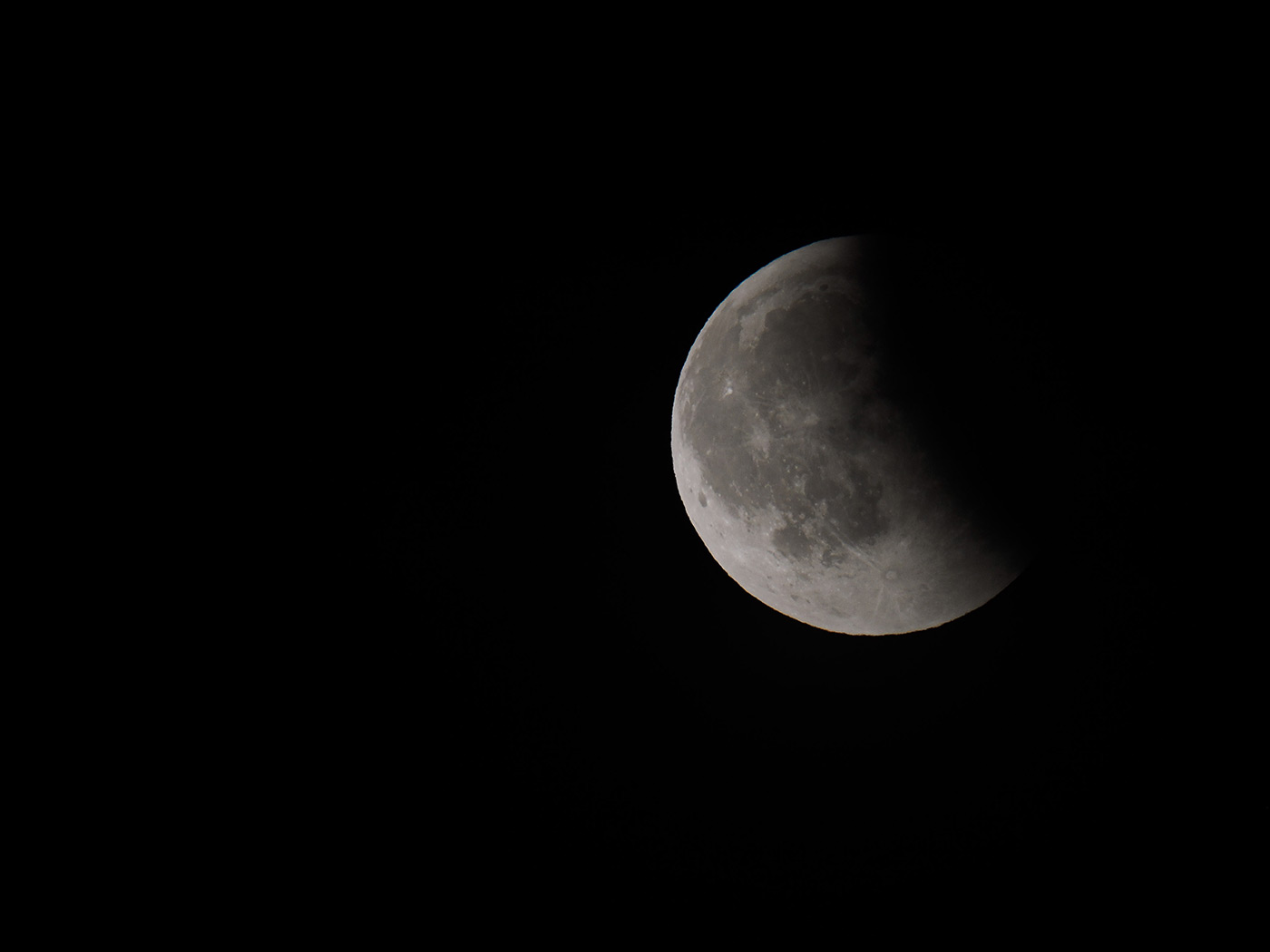
Sample 05 @600mm. Camera settings: 1/640 sec. f/6.3. ISO 640 (right click to open larger)
Autofocus
Autofocus is very quiet and impressively quick, keeping up with subject recognition and tracking from the flagship OM-1 Mark II, which has especially advanced AF. I achieved a good number of sharp results, particularly with slower moving subjects.
With swallows in flight it was a real test of both my mettle and the lens’, as they are incredibly fast. Although I managed a fair percentage of sharp shots, there were also many out-of-focus. Overall, the lens did a great job, especially considering it covers such long distances.
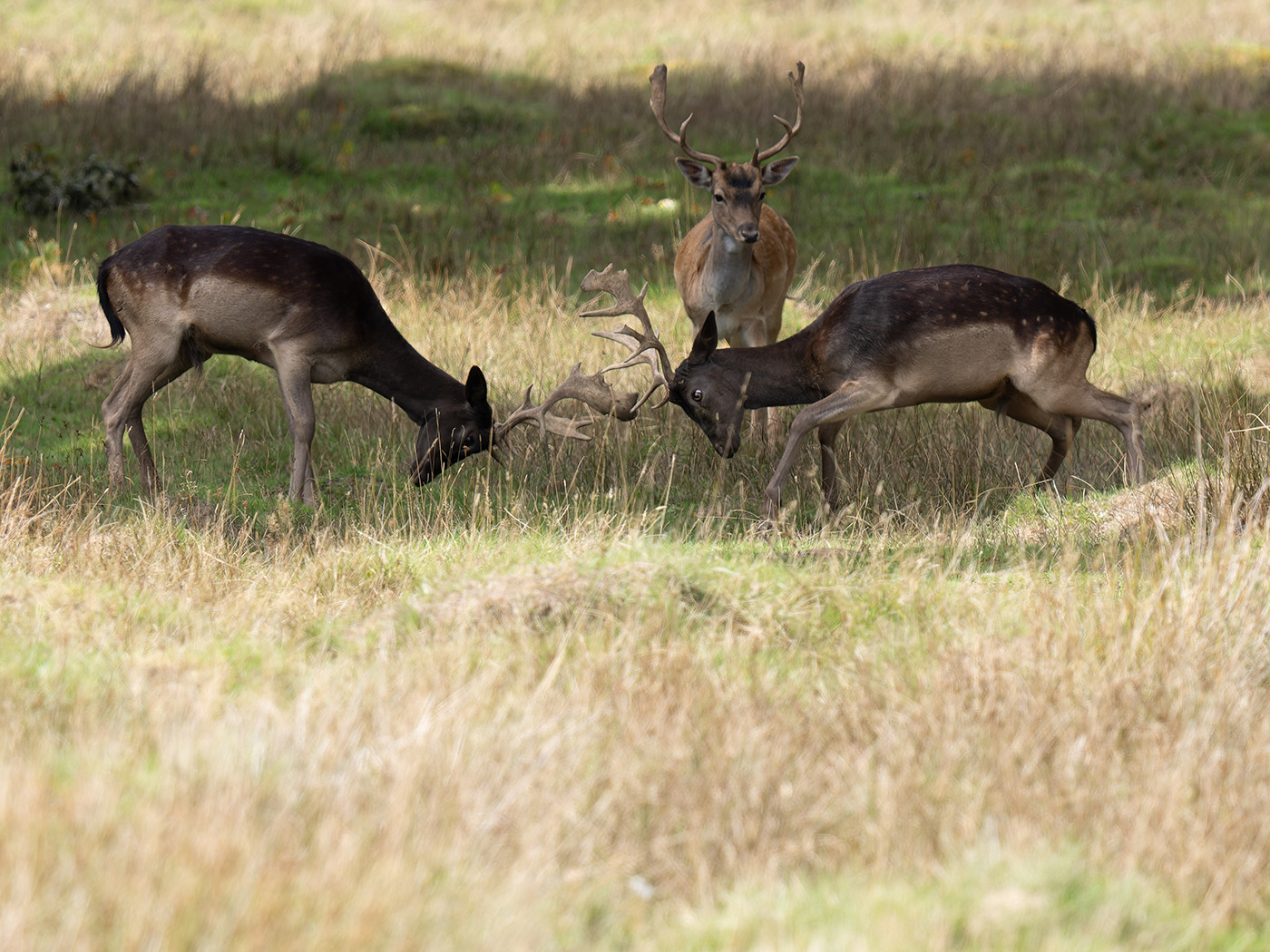
Sample 06 @600mm. Camera settings: 1/800 sec. f/5.9. ISO 500 (right click to open larger)
What can you Capture with a 300-1200mm Equivalent Lens?
During this review I tested the OM System 150-600mm across a wide mixture of subjects. This included small woodland birds, birds of prey, and fast birds in flight, along with people and the moon, giving it a well-rounded workout.
Despite being quite large and heavy, you can use this for a lot of super telephoto subjects, including:
- Birds and wildlife of all shapes and sizes, especially smaller woodland birds which will be larger in the frame
- Distant outdoor action such as sports, aircraft, airshows, and motorsports
- Astro and moon photography where you can virtually fill the frame!
- Landscapes
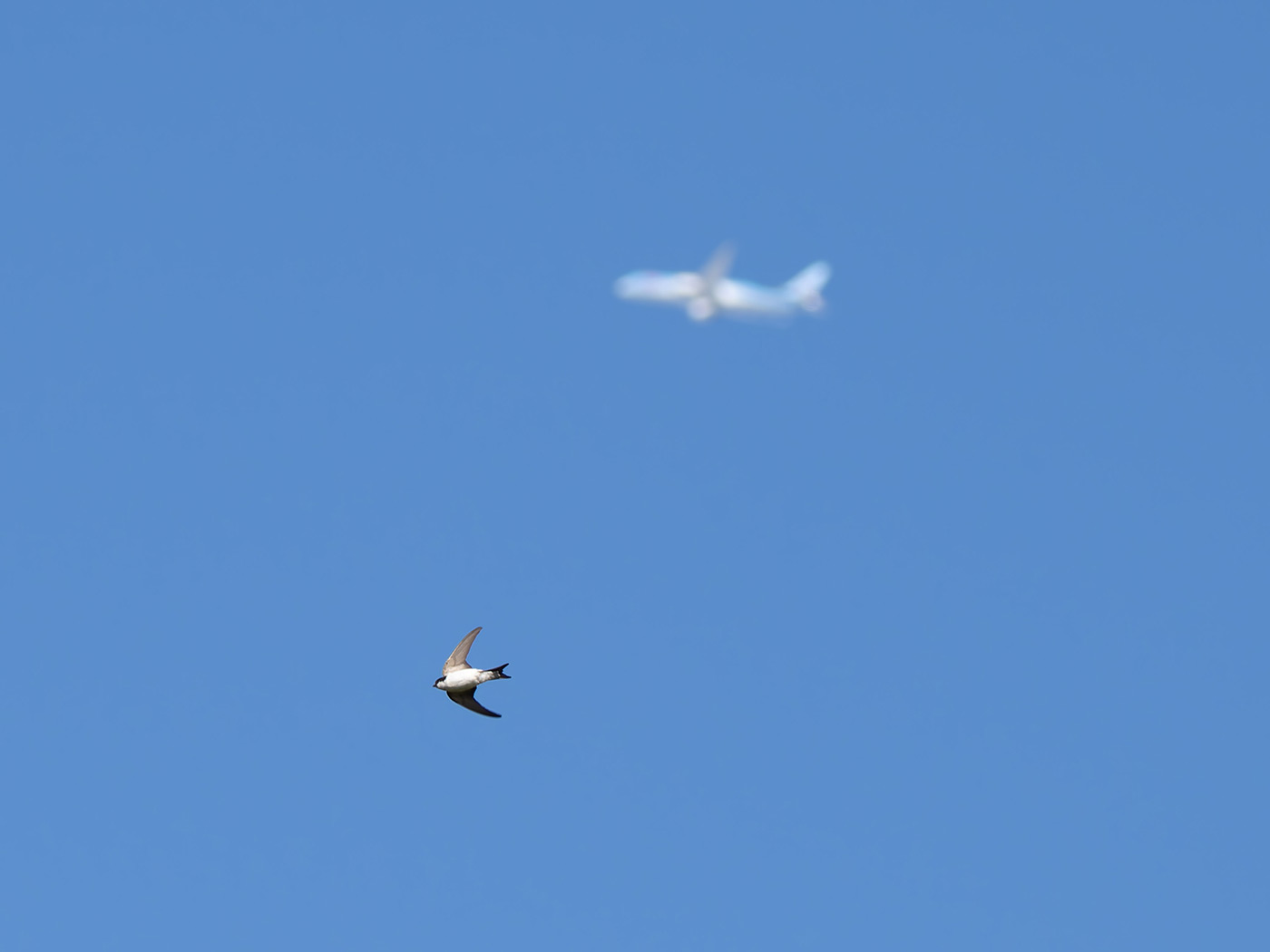
Sample 07 @600mm. Camera settings: 1/1250 sec. f/5.6. ISO 250 (right click to open larger)
You can also add a teleconverter onto this lens, which extend its reach significantly, catering to the air shows and similar distant subjects. With the OM System M.Zuiko Digital MC-14 1.4x Teleconverter it becomes a 210-840mm (420-1680mm equivalent), and with the M.Zuiko Digital 2x Teleconverter MC-20 you reach an incredible 300-1200mm (600-2400mm equivalent). I would imagine it’s quite hard to stabilise at these focal lengths, and that’s when it’s time to bring out the monopod.
Shooting with the OM System M.Zuiko Digital ED 150-600mm f/5.0-6.3 IS was quite a treat, as I have never used a lens with this amount of reach, offering a 1200mm equivalent focal length straight out of the box.
Image quality is great across the majority of the zoom range, autofocus keeps up admirably with wildlife and birds in flight, and stabilisation is highly desirable for handheld shooting. It’s a large lens, but still okay to carry in the field for wildlife, sports, and even lunar photography.

Sample 08 @300mm. Camera settings: 1/400 sec. f/5.9. ISO 800 (right click to open larger)
Order your own OM System 150-600mm lens today, and you can get a fast trade-in quote to offset the cost by selling us your unwanted gear!
If you’re considering a shorter zoom, take a look at our OM System M.Zuiko 40-150mm f/2.8 PRO Review. It’s excellent value, roughly half the size and price of the 150-600mm, though of course it only offers around a quarter of the reach.

Sample 09 @523mm. Camera settings: 1/640 sec. f/6.3. ISO 320 (right click to open larger)
Share this post:
By Nick Dautlich on 07/10/2025
Nick Dautlich
Senior Content Writer and Product Reviewer
Nick Dautlich is the Senior Content Writer and Product Reviewer at Park Cameras, with over 15 years of photography experience. A Sony Imaging Professional and expert reviewer, Nick has worked with major brands such as Canon, Sony and Nikon. His work is also featured on Vanguard World UK’s website, Capture Landscapes, and Shutter Evolve. Nick’s photography includes National Trust projects and magazine covers and he is passionate about landscapes and storytelling. Nick also enjoys hiking and teaching his children about nature. Learn more on his profile page.
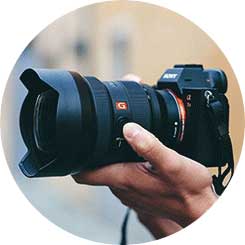
Trade in your old equipment
Fast and easy trade in service ensures your old gear is collected efficiently and you are paid quickly! It's very simple to trade in your unwanted photography gear. Just head over to our dedicated Sell or Part Exchange page, fill out the details, and we'll get back to you with an offer for your old gear. Take the cash, or put it towards the cost of your new gear. It's up to you! Find out more
sign up to the newsletter
Keep up to date on the latest photography news, events and offers. Sign up now